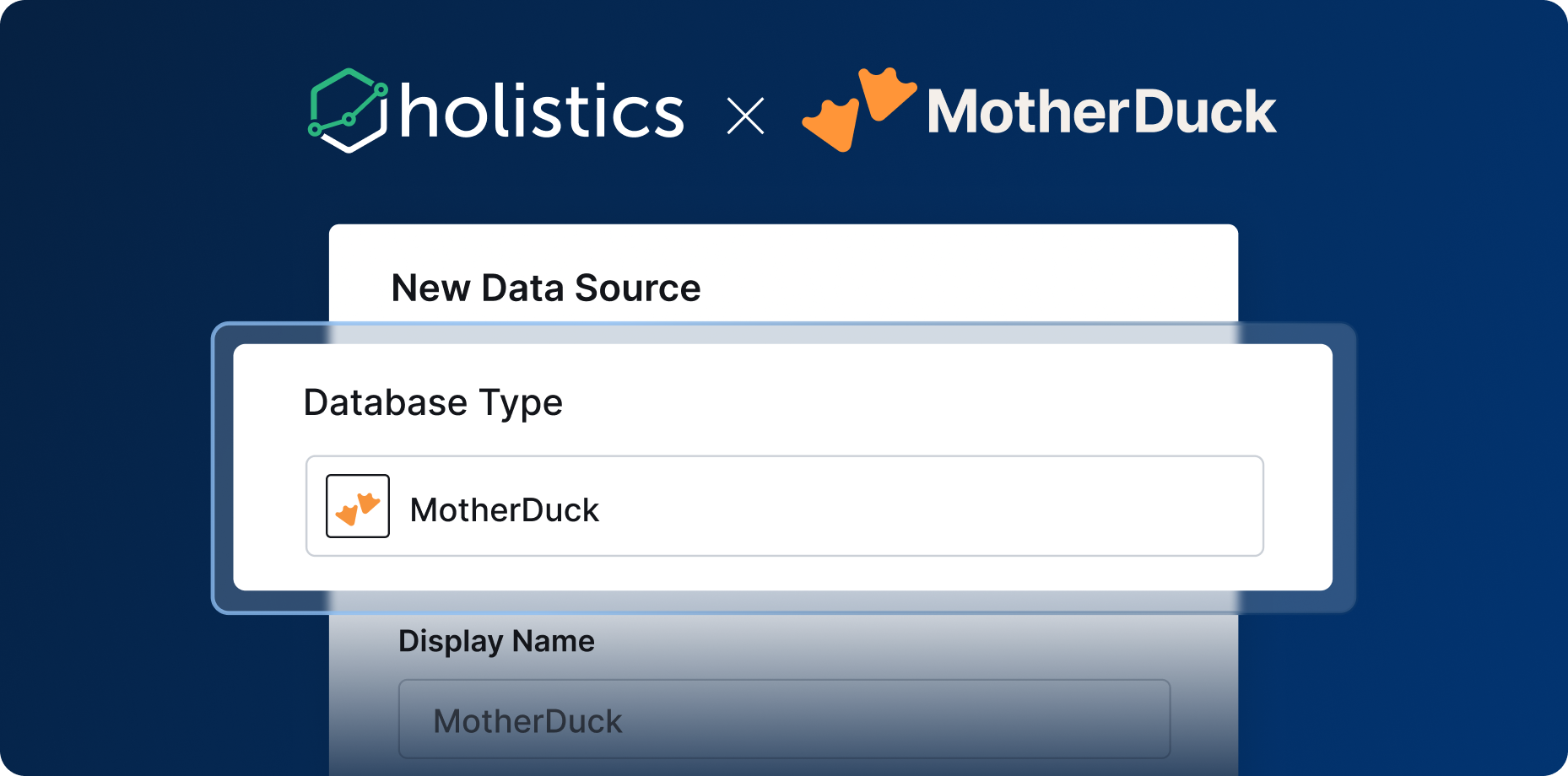We're excited to announce Content Endorsement has been officially launched, a feature that provides your organization a powerful way to mark trusted and reliable content.
The Problem We've Solved
As analytics content grows across your organization, users often struggle to identify which reports and dashboards are reliable and current. Without clear indicators of content quality and status, teams waste time on outdated materials and lack confidence in their data-driven decisions.
The Solution
By offering Content Endorsement features, we help data teams mark trusted content. Users can easily identify reliable, recommended content.
Documentation
For more details, please refer to our public docs: Content Endorsement





